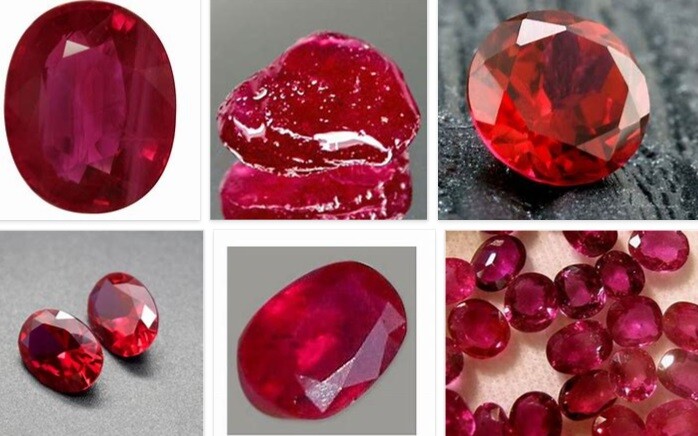Benefits of Declawing a Cat – What are the Benefits of Declawing a Cat?
Benefits of Declawing a Cat is in this selection. There are several benefits to declawing a cat, but many people wonder whether it’s worth it. In addition to the increased risk of zoonotic disease, declawing a cat will improve your cat’s health. Here are a few things to consider before you make the decision to declaw your pet. Read on to learn more. Here are some reasons why declawing your cat is a good idea.
Alternatives to declawing a cat
There are alternatives to declawing a cat. The procedure is an unpleasant and painful experience for your cat. Cats scratch and bite naturally, so removing their claws is an extreme punishment. There are many other less painful methods that can be used to stop your cat from scratching. Consider these tips before opting for declawing surgery. In some cases, your cat might even scratch your furniture. If this is the case, you should use a squirt bottle to deter your cat from scratching.
Another alternative to declawing a cat is nail trimming. If your cat’s nails are untrimmed, they can grow in and cause a host of problems. Keeping them trimmed can reduce the amount of damage they cause by scratching. While nail trimming will reduce the amount of scratching, keep in mind that your cat will need to have a scratching area. Moreover, this option is only temporary. You should also consider the aesthetics of the area before you make the final decision.
Recovery time
The amount of recovery time after declawing a cat varies, depending on several factors, including the age of the cat and the type of procedure. Younger cats tend to recover faster than older ones. Cats under six months old will experience the least pain and are likely to recover faster than those who are older. Pain medication can also speed up the recovery process. However, pain medication isn’t always a guarantee.
Surgical laser declawing is an option, and this method uses a surgical laser to remove the claw. The surgeon makes an incision around the base of the nail to access the bone. The nail and the P3 are then surgically removed. During the procedure, blood vessels and nerves are cauterized. A small piece of bone is left in the nail bed to preserve the tendon connections to the toe. The wound is closed with surgical glue and the cat will spend one night in the hospital.
Increased risk of zoonotic disease
While the increase in the number of zoonotic diseases after declawing a cat is not an absolute certainty, many of these diseases are caused by exposure to infected cats. Because the infected material is typically feces, water, soil, or food, zoonotic agents are spread by contact with a cat. Some diseases can be immediately infectious, while others need to infect a human for some time after contact. Toxoplasma, for example, takes a few days outside the cat to be infective in humans, whereas Toxocara needs a long period of time to spread the disease. The best prevention, therefore, is to practice good hygiene, especially when handling a cat.
People can contract zoonotic diseases from contaminated food and water, but the chances are even greater if the cat has been infected with Bartonella henselae. The infection is not harmful, but it is more likely to affect humans if you live in a moist climate or are exposed to large flea infestations. Infections caused by Bartonella can be mild or severe, and in some patients, symptoms may last months.
Declawing a cat can prevent damage to household items and the spread of diseases such as feline leukemia and FIV through scratching. It can also prevent the cat from scratching and injuring people, especially children.
The biggest con of declawing a cat is that it is a painful and invasive procedure that can cause long-term pain, discomfort, and behavioral problems. Cats that have been declawed may become more aggressive or anxious, as they are no longer able to defend themselves or climb to safety.
Yes, there are alternative solutions to declawing a cat such as claw caps, scratching posts, and training. These solutions can help redirect the cat's scratching behavior without causing long-term pain or discomfort.






